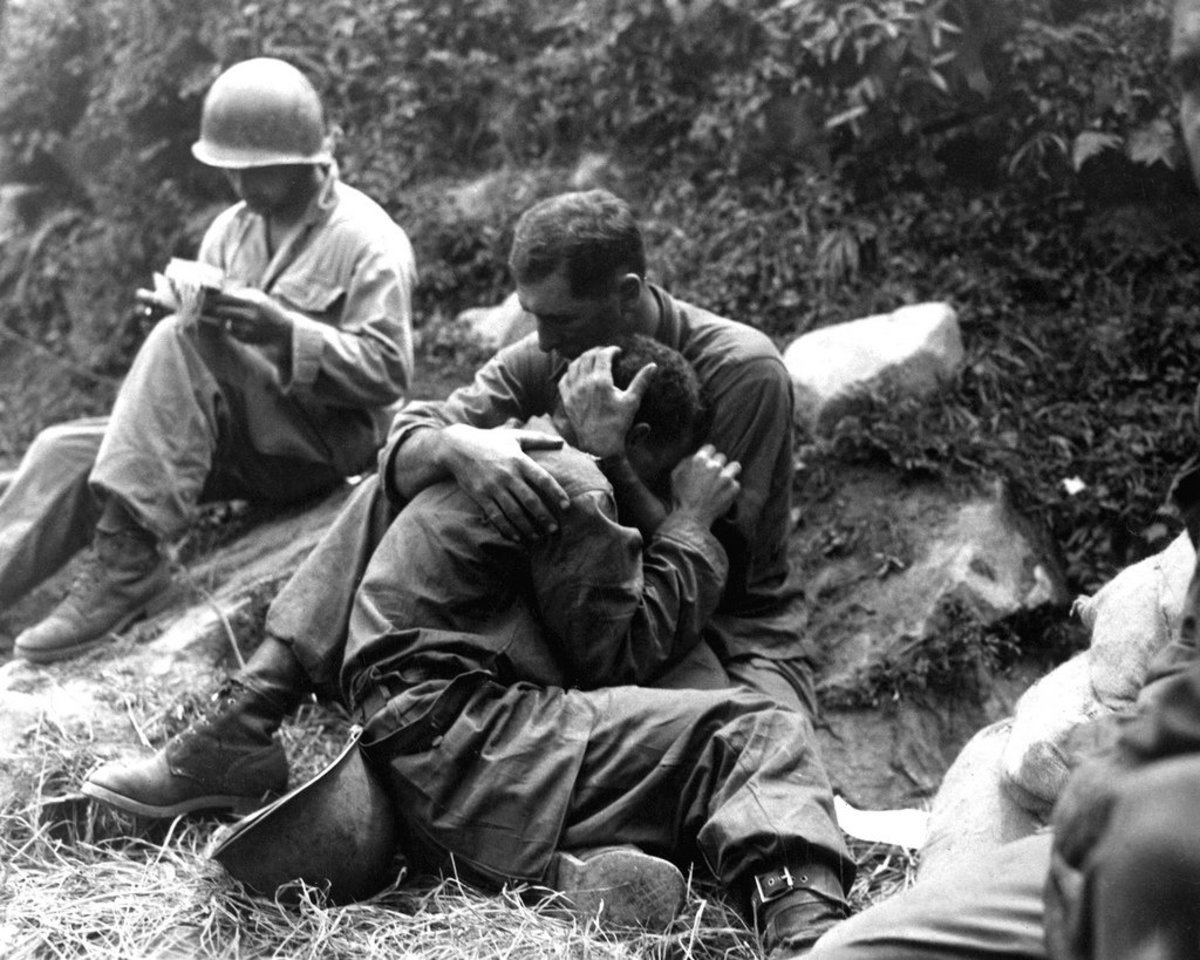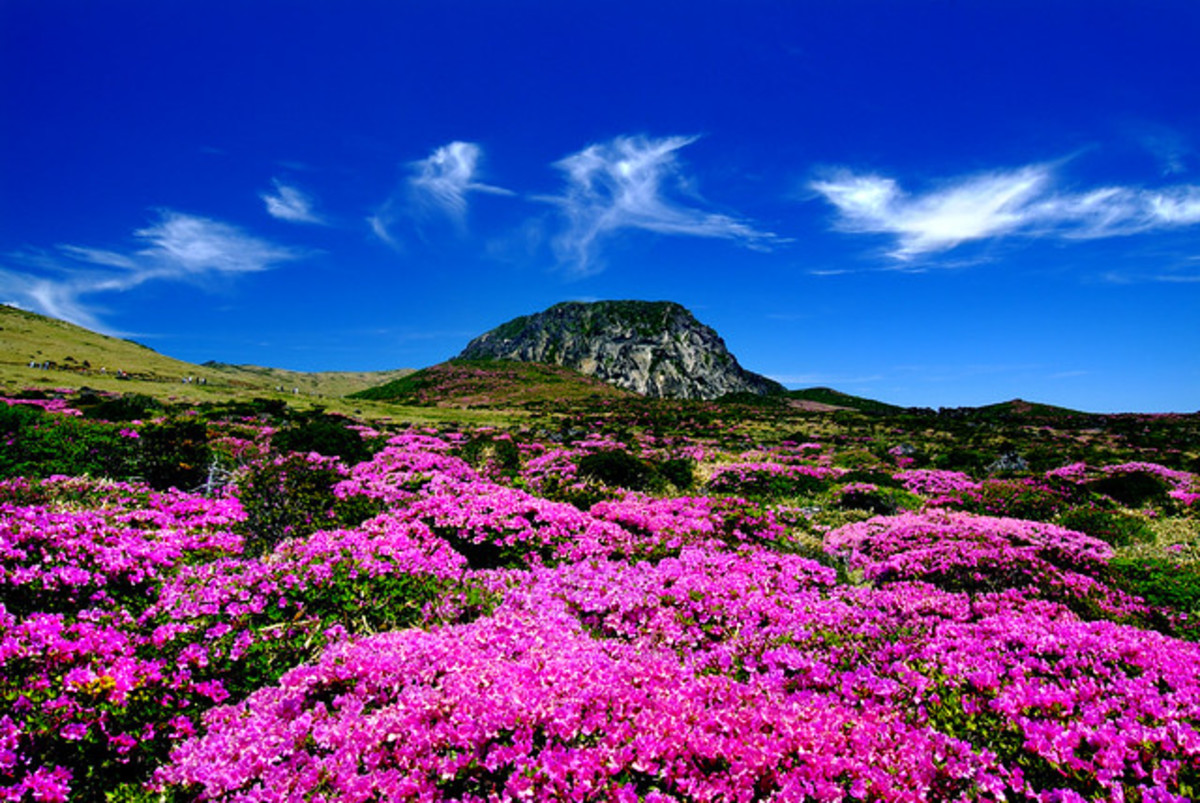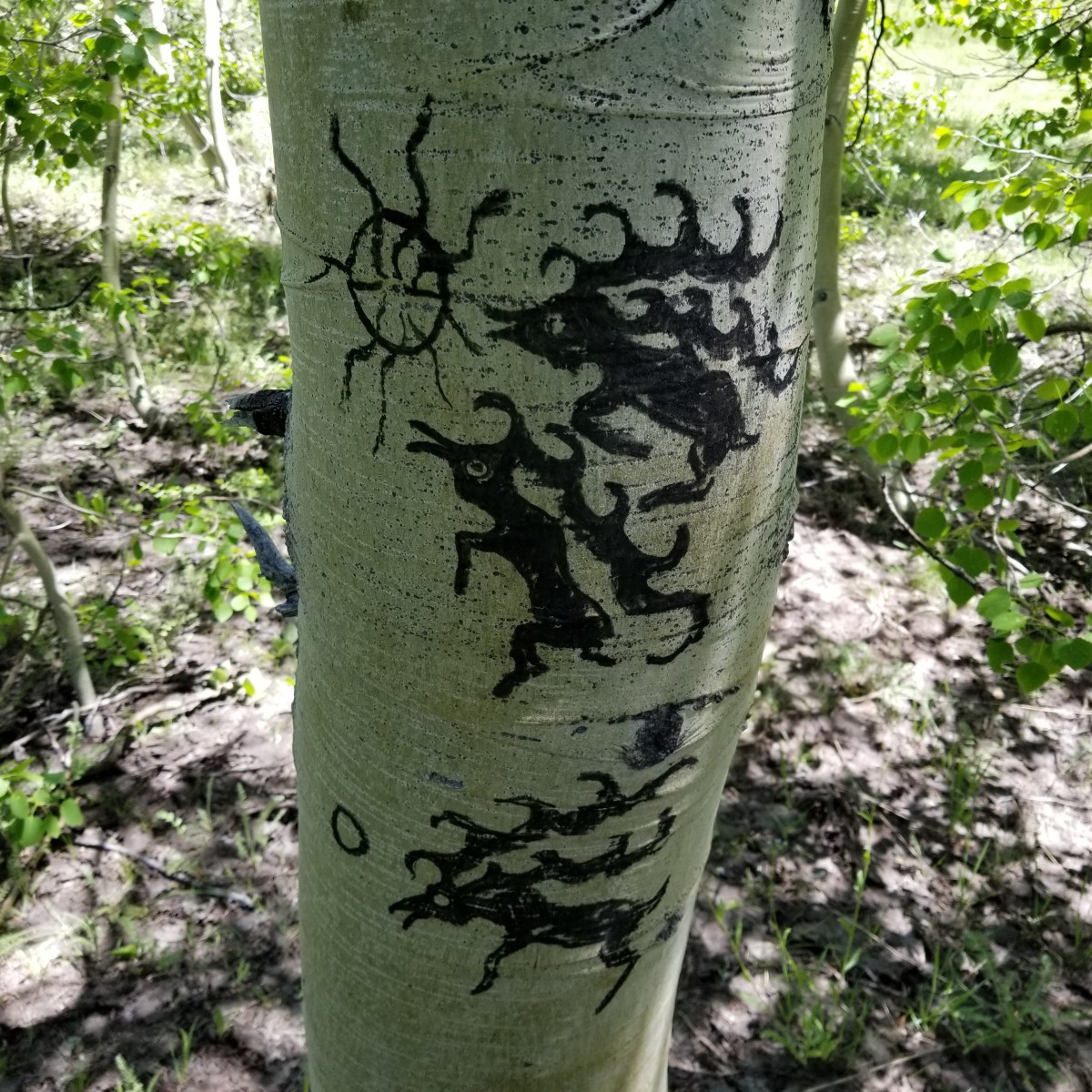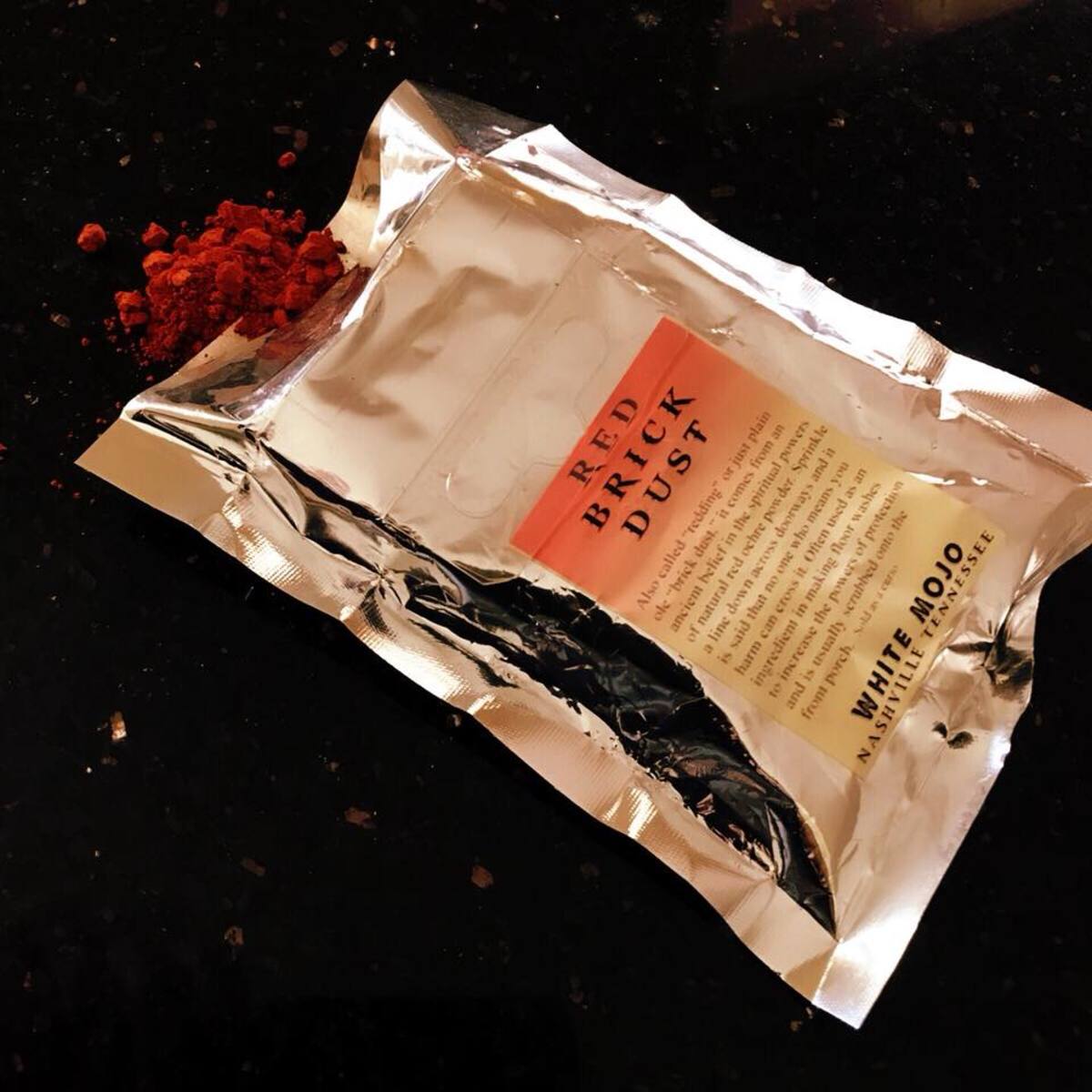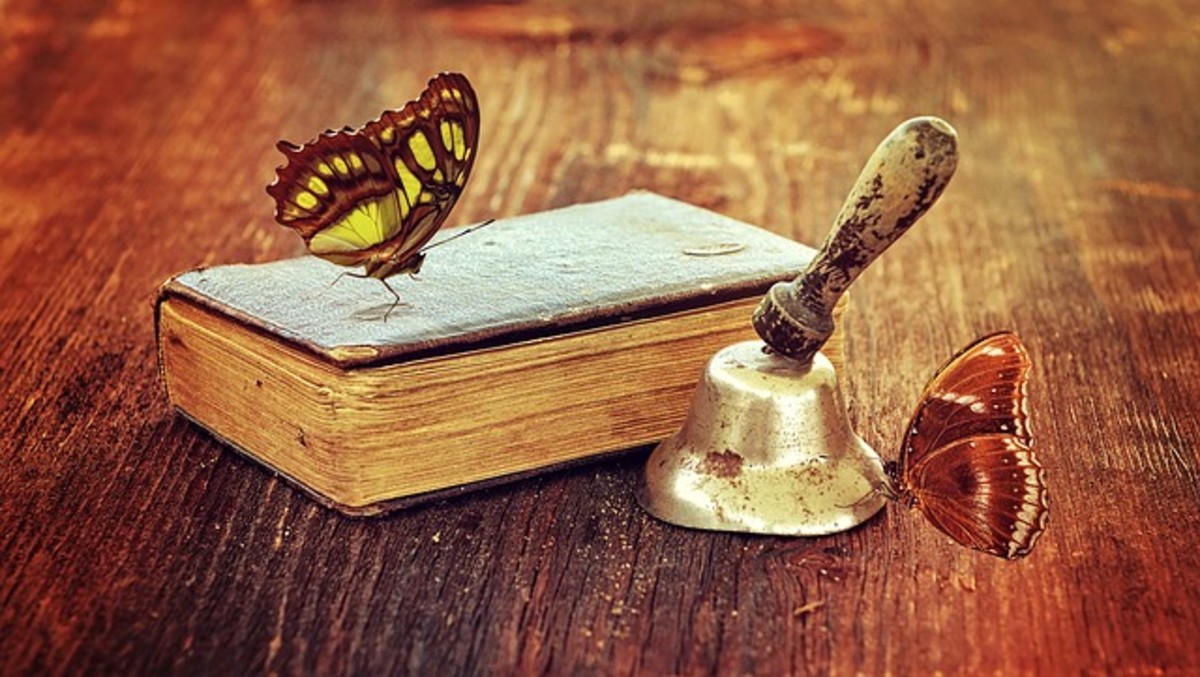Shamanism in South Korea
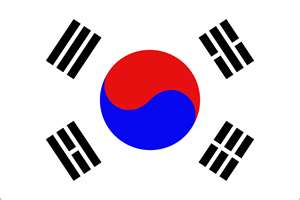
INTRODUCTION
It has been a long standing debate as to how religion and government rule effect one another, especially in times when they are at odds in their principal core. When new ideas meet old tradition, a battle line is drawn, and a tug of war for the heart of a nation begins. When the idea isn’t so new, and as inherent in the culture as the land on which it is built, the struggle for dominance begins to be drawn out. How do you organize the disorganized, quantify the soul, corral the mind, and regulate the spirit?
SHAMANISM
The spiritual tradition of shamanism covers a wide religious belief system, which is individualized by the region the practitioners call home. In the global society, there are as many, if not more, traditions of shamanism then there are of the Christian faith. The basic root of shamanism is the interconnectivity between the land of the living and the world of the dead. Shamans act as a bridge between the two planes, allowing one side to communicate with the other. Shamans call on the spirit world for aid, in order to heal the living, as it is the belief to the shaman way that illness of the body is created by imbalances within the soul. The realm of the dead is also contacted to seek advice for solutions to problems that arise in the community in which the shaman lives. A shaman can be a man or woman, but must be initiated into the shaman path, after rigorous training. The initiation protocol is dependent upon the path on which entry is requested.
South Korea religiosity
Religion
percent
No religion
46.5%
22.8%
18.3%
10.9%
0.7%
0.3%
0.3%
0.2%
0.1%
0.1%
MUISM
Korean shamanism, which is known as Muism, derived from “mugyo”, defined as “religion of the Mu” or Sinism, derived from “shingyo”, defined as “religion of the gods.” A shaman is known as a “mudang”, and is predominately a woman. Though practicing shaman represent a small portion of the population, its presence is greatly felt. Aspects of Korean shamanism are interspersed into the other majority religions of the land such as Buddhism, Confucianism, which was mandated by the Japanese during their tyrannical conquest of the country, and Christianity. Only Islam remains unaffected, but maintains a only small presence in the society. The pantheon that the mudang communicates with consists of gods, spirits, and ghosts, numbering in the millions, with a hierarchy without structure.
In the Korean dynastic caste system, shamans reside in the lowest class, deemed “unclean” by the elitist aristocracy. Discrimination against shamanic follower is still perpetuated to this day. Similar to the Indian caste system, position is inherited. In Korean shamanism, the position of shaman is inherited or assigned by initiatory rite. As the modern day society moves towards urbanization, the shaman maintains her position in the rural regional town, but will see city dwellers, if sought out. A mudang is intitiated when she experiences a “spirit sickness” or shinbyeong. Then she is cured in the induction ritual of the mudang path, where she receives a partner spirit or god that will reside within her for the rest of her days. A mudang performs many rituals or kuts, initiation, communal, and purification of the deceased. Most kuts are variations of these three differ most by regional belief systems. “Animistic beliefs are strongly associated with the culture of fishing villages and are primarily a phenomenon found in rural communities.” (Wiki)
SHAMANISM IN KOREA
“The land of the morning calm” maintains a long and turbulent history with shamanism. It is, in point of fact, the Republic of Korea’s (ROK) oldest religion. Western scholar standards don’t quantify the Korean tradition as a religion, but as a more medicinal practice. Whether medicinal practice or spiritual rite is not up to us to decide, for we have no investment in our culture to compare it to, and therefore no altered perception to see it with. The ruling class of the Korean peninsula has a history reaches back further than our minds can truly grasp as a civilization, 40,000 years. And for a majority of the time the mudang have existed, the ruling paradigm has sought to snuff out their existence, and break the hold that might pull the people away from the central law. The only exception was Korea held a shaman ruler.
During dynastic rule of the peninsula, up to the point of Japanese imperial occupation, those in power used similar tactics that the papacy had perfected over the years, touting shamanism as superstition, demonization of the gods, spirits, and ancestors that were commonly believed entities the further distance reached from the urban centers. As well as attempts to control ritual protocols, though government mandated rituals and repression. Other religions were used to push out the mudang, in order to render them obsolete in the eyes of the public. But the mudang survived these attempts at extermination, even as their number dwindled.
After the Japanese conquest of the Korean state in the early 20th Century, the oppression and attempted eradication of their culture and history, forced the citizenry as a whole to reexamine it, shifting the common negative paradigm against the shamanic professionals, and instead instilling a solidarity with something that had been intrinsic in their culture for so very long. Publications of comparing ancient and modern practices gave rise to a more positive purview, and the way of the mudang became a crutch on to which the Korean people used to battle against the assimilation of their heritage into the Empire of Japan.
After the annexation of the Korean people by Japan following their surrender to the United States after World War II, the mudang found little relief from harassment, even from local authorities, who habitually interceded themselves into their practices and rituals. But a rise in anti-communistic doctrine in the 60s, granted the mudang leniency, as they were part of the heritage that the nation was skillfully trying to rebuild, was used as legitimacy in as far as establishing a way to incorporate control over a group long sought to solidify reign over.
In the 1970s, the movement for modernization, as well as economic stability, and scientific rationalization, continued the edging out of the mudang, until the latter part of the twentieth century, when efforts were made, by the tumultuous democratic government, to preserve the Korean cultural heritage, which included shamanism, making the mudang assets, and thus protecting their way of life from sanctioned extermination. With the advent of today’s technological knowledge base, the way of the shaman is much sought after, and studied leading to resurgence in knowledge and growth.
CONCLUSION
So what has been the impact of shamanism on the governance of the Republic of Korea? State and religion have long been on opposing side of the battlefield, in a war of the people, by the people, for the people, against something so insignificant as a word. From ancient ruins to surging cities, from dynasty to republic, they have all tried to battle a common enemy, a perceived threat of their hold in the hearts and minds of the nation. And the mudang stand, maybe not as strong in numbers as they once did, but strong in spirit. They maintain, expand, and endure.
So to answer the question of shamanism’s impact on Korean governance. None, if you don’t look beneath the surface. Government has had a great, sometimes detrimental effect on this pagan path. They have tried assimilation, eradication, rationalization, and demonization, white wash and conformity as control measures to bring this group to heel. And to this day, only have achieved moderate success. Yet, there Goliath stands, stunned, blinded, and at the same time, open to clearer vision than ever before. Defeated not by a stone, but by themselves.
With the mudang so thoroughly entrenched in ROK’s history and heritage, standing as a reflection of history, which one ruling body after another has failed to fully examine, causing history to repeat itself time and again, in attacking ghosts. For to truly destroy the mudang, and all that they to know and have to offer, they must sever their own heads and rend their still beating hearts from their chest. They must rewrite the entirety of their history, and purge their land with fire. They must become their own worst enemy. The politics of an ancient grudge against an invisible enemy, must come to an end, or they risk tearing apart that which they have sought to salvage and rebuild so determinedly.
The modern question of this ancient war becomes: why? What was the perceived threat of such a small population by the greater whole? Does it all come down to gender politics? The fact that it is, for the most part, a matriarchal lead tradition, in a patriarchal world, might have been a deciding factor. What was it, the loss of control of the masses was feverishly imagined, for these were mothers, sisters, daughters, grandmothers, aunts, and wives, the life blood of the land entrenched in this opponent. A world unprepared for the shift in power of any sort.
But perhaps the shift has taken place, in the privacy of the home, for the number of acknowledged shaman is small, almost half of the population claims no religious. Is this age-old pagan dilemma, denial in order to protect against persecution? The perception of the shaman have long been in place, as ingrained as the religion itself, thanks to the propaganda campaign across governments. The modern day doesn’t hold as many freedoms as we think, and freedom of speech is a double edged sword that cuts deep.
The modern world protects ancient traditions, and new ideas, and ROK can be no different, much as it might wish. Though the land stands divided, there is a union in the heritage that lies both north and south, and one day, it may not be a common rule that brings both sides together, it will be mudang, crossing the boundary, bridging the two worlds, as they have done since its beginning. The land of Korea managed to unify at a time when pieces of it were being torn apart, and it was the shaman that gave them that unity, enabling them to take back their birthright, and their pride.
For there must be checks and balances, between Man and State, State and God, God and Man. Otherwise, we may not hear Her call, and the balance of power has fallen away from our grasps, with no clear way to correct the scale. The shaman reflects the people, the people reflect the government, and the government tolerates the shaman, that stands in the town square, with the local shrine, bringing ancestor, and descendant, past, present, and future together, and like ripples the towns expand, citizens move, and the spirits of the land follow. There cannot be one without the other, and to think otherwise is folly. They are bound by the history of the land, the actions of their ancestors, and will of their world.
Works Cited
http://en.wikipedia.org/wiki/Korean_shamanism
http://en.wikipedia.org/wiki/Shamanism
"South Korea." Background Notes On Countries Of The World: South Korea (2010): 1. Business Source Premier. Web. 28 Nov. 2011.
Walraven, B. (2009). National Pantheon, Regional Deities, Personal Spirits? Mushindo, Sŏngsu, and the Nature of Korean Shamanism. Asian Ethnology, 68(1), 55-80.
Walraven, B. (1993). Our Shamanistic Past: The Korean Government, Shamans and Shamanism. Copenhagen Papers, 8(93), 5-25.
Jongsung, Y. (2004). Korean Cultural Property Protection Law with Regard to Korean Intangible Heritage. Museum International, 56(1/2), 180-188. doi:10.1111/j.1350-0775.2004.00473.x


